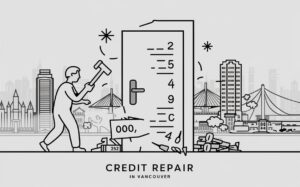
Is Credit Repair Legal in Canada? Know Your Rights
Welcome to our article on the legality of credit repair in Canada. Thinking about using a credit repair service? It’s key to know what’s legal
Bankruptcy is a legal status that individuals and businesses may face when they cannot repay their outstanding debts. In Canada, the process and regulations surrounding bankruptcy are crucial aspects of the financial landscape. This article will provide a comprehensive overview of bankruptcy in Canada in 2023, covering types, causes, the process, legal aspects, and more.
Personal bankruptcy occurs when individuals find themselves unable to manage their debts. It involves the liquidation of assets to pay off creditors, providing a fresh start for the debtor.
Business bankruptcy affects companies facing financial distress. The process involves restructuring or selling assets to settle debts, allowing businesses to either continue operations or wind down.
A consumer proposal is an alternative to bankruptcy, where debtors propose a repayment plan to creditors. It offers a more flexible option for individuals facing financial challenges.
Bankruptcy can result from various factors, including economic downturns, unemployment, and unexpected medical expenses. Understanding these causes is crucial for individuals and businesses to navigate financial challenges effectively.
Filing for bankruptcy involves a detailed legal process. Individuals must engage a Licensed Insolvency Trustee, who plays a pivotal role in administering the bankruptcy estate. An automatic stay is implemented, halting creditors’ collection efforts.
Bankruptcy has a significant impact on an individual’s credit score. This section explores the details of how bankruptcy affects credit reports and provides insights into rebuilding credit post-bankruptcy.
Exploring alternatives such as debt consolidation and credit counseling is essential before opting for bankruptcy. These options can help individuals and businesses manage their debts more effectively.
Understanding exemptions and the discharge process is crucial. Certain assets may be protected during bankruptcy, and individuals can be discharged from their debts after fulfilling specific requirements.
Selling assets is often a part of the bankruptcy process, but certain assets may be protected. This section delves into the intricacies of managing assets during bankruptcy.
An analysis of recent trends and the demographics of bankrupt individuals provides a comprehensive view of the current bankruptcy landscape in Canada.
This section addresses common misconceptions surrounding bankruptcy, presenting facts to dispel myths and provide a clearer understanding of the process.
Exploring government support programs, especially those related to the COVID-19 pandemic, sheds light on how these initiatives impact the landscape of bankruptcy in Canada.
Small businesses face unique challenges when dealing with bankruptcy. This section discusses the specific hurdles they encounter and the support mechanisms available.
Financial planning and seeking professional advice are crucial steps in preparing for bankruptcy. This section provides insights into how individuals can navigate the process more effectively.
Beyond the financial aspects, bankruptcy can take a toll on mental health due to associated stigma. Strategies for coping with the emotional challenges are explored in this section.
In conclusion, bankruptcy is a complex but manageable process. This article aimed to provide a thorough understanding of bankruptcy in Canada in 2023, covering various aspects and offering insights for those facing financial challenges.
There are several reasons why individuals in Canada may choose debt consolidation. Some of the benefits include:
Lower interest rates: By consolidating debts, individuals can potentially qualify for a lower interest rate than what they were previously paying, resulting in lower monthly payments and less interest paid over time.
Simplify finances: Managing multiple debts can be stressful and overwhelming. By consolidating debts, individuals can simplify their finances and make a single monthly payment.
Get out of debt faster: Debt consolidation can help individuals get out of debt faster by reducing the amount of interest paid over time.
Improve credit score: Consistently making payments on a debt consolidation loan or program can improve an individual’s credit score over time.
There are two main types of debt consolidation in Canada: secured and unsecured.
Secured debt consolidation involves using an asset, such as a home or car, as collateral for a loan. The lender can seize the asset if the borrower is unable to repay the loan. Secured debt consolidation loans typically have lower interest rates than unsecured loans, but there is a higher risk for the borrower.
Unsecured debt consolidation does not require collateral and is based solely on the borrower’s creditworthiness. These loans typically have higher interest rates than secured loans, but there is less risk for the borrower.
There are several options available for debt consolidation in Canada. Some of the most common methods include:
A debt consolidation loan involves taking out a loan to pay off multiple debts, leaving only one monthly payment to make. The interest rate on the loan is typically lower than what the borrower was paying on their individual debts, resulting in savings over time.
A home equity line of credit (HELOC) allows homeowners to use the equity in their home to consolidate debts. The interest rate on a HELOC is typically lower than unsecured loans, but there is a risk of losing the home if the borrower is unable to make payments.
A balance transfer credit card allows individuals to transfer high-interest credit card debt to a card with a lower interest rate. Some balance transfer cards offer an introductory 0% interest rate for a certain period of time, allowing individuals to pay off their debt without accumulating more interest.
A debt consolidation program involves working with a credit counseling agency to create a debt management plan. The agency negotiates with creditors to lower interest rates and consolidate debts into a single monthly payment. Individuals in a debt consolidation program must make consistent payments on time to successfully pay off their debts.
Debt consolidation offers several advantages for individuals in Canada, including:
Lower interest rates: Consolidating debts can result in lower interest rates and lower monthly payments.
Simplified finances: Consolidating multiple debts into a single payment can simplify finances and reduce stress.
Debt payoff: Consolidating debts can help individuals pay off their debts faster and save money in interest charges.
Improved credit score: Making consistent payments on a debt consolidation loan or program can improve an individual’s credit score over time.
While debt consolidation offers several advantages, there are also some disadvantages to consider, such as:
Risk of losing collateral: If an individual chooses a secured debt consolidation loan, there is a risk of losing the asset used as collateral if they are unable to make payments.
Fees and charges: Some debt consolidation methods, such as balance transfer credit cards, may have fees and charges associated with them.
Extended repayment period: While lower interest rates can result in lower monthly payments, a longer repayment period may result in paying more in interest over time.

Welcome to our article on the legality of credit repair in Canada. Thinking about using a credit repair service? It’s key to know what’s legal

At FixMyCredit.ca, we’re your expert credit repair team in Canada. Are you facing a low credit score or negative items on your report? We’re here

Welcome to fixmycredit.ca, your go-to for fixing your credit in Vancouver. We know how important a good credit score is. It affects getting a mortgage,
